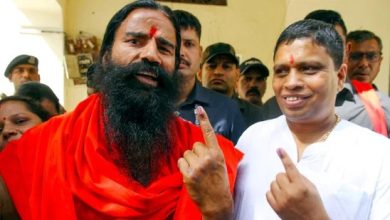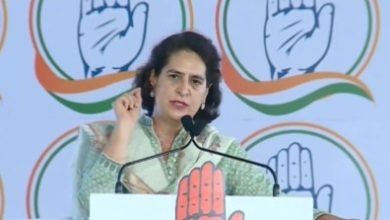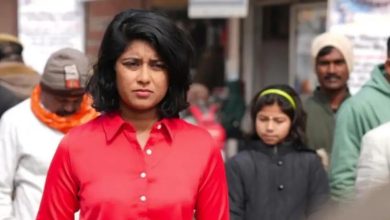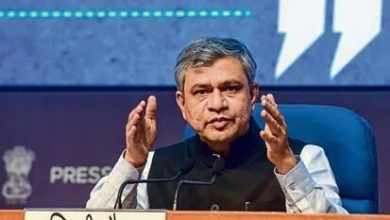2011 Census reports showed the slowest growth of population
NEW DELHI: Since independence in the decade to 2011 India’s population grew at its slowest pace, said government On Thursday.
According to provisional results of the decadal headcount conducted last month India’s population grew to 1.21 billion, declared Census Commissioner C Chandramouli.
A trend welcomed by some since it may lead to higher living standards and sounder public finances in a country with enough young people. Unlike the advanced countries of the West or even Russia and China , where ageing or shrinking populations have sparked worries about the impact on economic growth, India has long sought to bring down population growth to a level it can handle.
Preliminary census report said, the growth of 17.6 percent from 2001, the last time Indians were counted, compared with 21.5 percent in the previous decade.
“Reducing the growth rate is our objective. What we already have is a large youth population without enough schools or jobs for them,” said Abusaleh Shariff, chief economist at the National Council for Applied Economic Research.
He said, “It (the decline) reflects the desire of even poor people to educate their children and for a better life. They know that having too many children will be counter-productive.”
Beijing’s strict one-child policy has brought down annual population growth to under 1 percent and the rate is projected to turn negative in another three decades.
India’s population is projected to overtake China’s by 2025 and its large youth population means it can look forward to a demographic dividend that includes ample supply of labour, rising productivity and plenty of younger workers to fund the pensions of those who have retired.
A decline in population growth means India’s national income may break out of the trend of increasing just ahead of population growth, potentially freeing millions of dollars the government now spends on welfare schemes.
The census report showed literacy had improved during the decade by 9.2 percentage points to 74 percent.
But the number of females per 1,000 males in the 0-6 age group fell to 914 from 927 during the past decade, pointing to the continued practice of selective abortions.
The census data will be used by governments to design welfare schemes and calculate what funds should be set aside for food and fuel subsidies.
India will also use the census to issue a unique identification number to all its citizens and to target beneficiaries for welfare schemes, which it hopes will provide better access to such schemes and help it trim its subsidy bill.
“In the long term, in terms of social-sector schemes, the burden on the government will be less. That is the straightforward conclusion,” said NR Bhanumurthy, an economist at the National Institute of Public Finance and Policy, referring to the slowing population growth.





